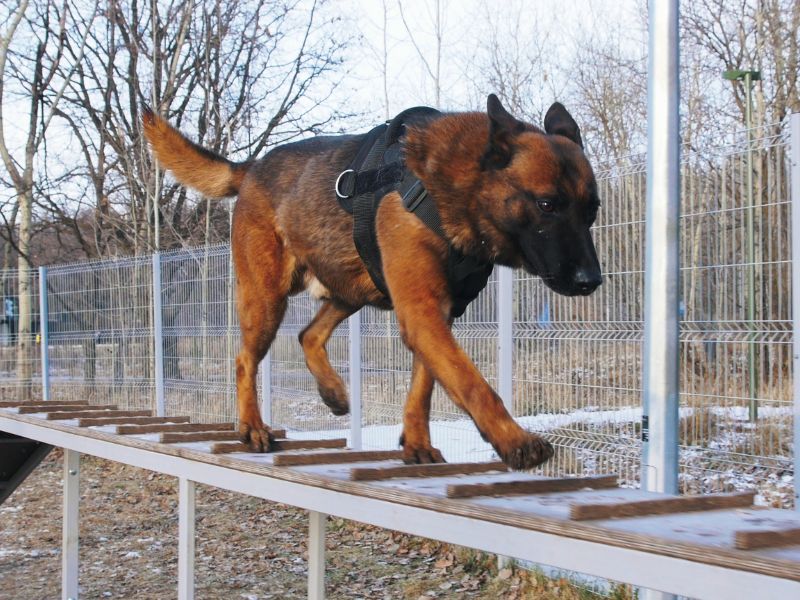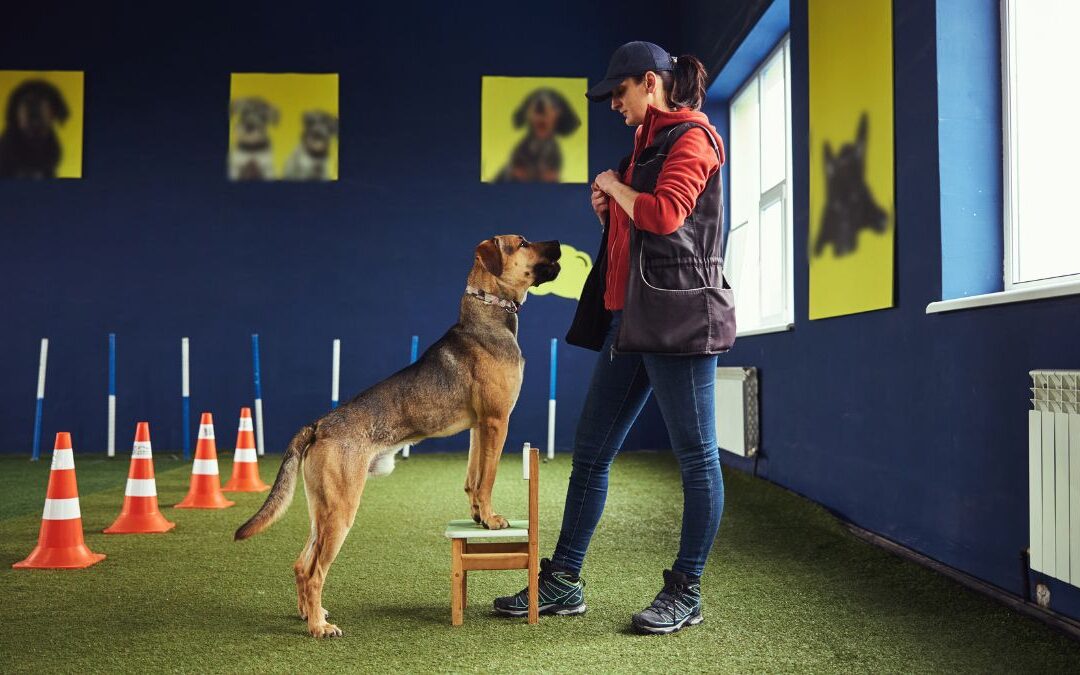Introduction
Bringing a dog into your life is an exciting journey filled with joy and companionship. But as any pet parent knows, training is essential for creating a well-behaved pup. One question often lingers in the minds of new dog owners: How much does dog training cost?
Navigating the world of dog training can be confusing, especially with various options available. From basic obedience classes to specialized courses, costs can vary widely. Understanding what you’re getting into financially will help you make informed decisions about investing in your dog’s future behavior and happiness. Let’s break down the costs involved and explore how to get the most bang for your buck when it comes to training your furry friend!
How Much Does Dog Training Cost
The cost of dog training can vary significantly based on location and the type of training you choose. On average, basic obedience classes may range from $100 to $300 for a six-week program. Private sessions often come with a higher price tag, typically between $50 and $125 per hour.
Group classes are generally more budget-friendly but may not provide personalized attention. If your pup requires specialized training, such as behavior modification or therapy dog preparation, expect costs to rise significantly—sometimes reaching upwards of $1,000.
Always remember that investing in proper training can lead to long-term benefits for both you and your furry companion. A well-trained dog is happier and easier to manage at home or in public settings.
Table of Contents
Having a clear roadmap can be incredibly helpful when exploring the costs of dog training. A well-structured table of contents guides you through the various aspects involved. Understanding these sections ensures you find the information that matters most to you.
From common training services to specialty courses, each topic reveals important insights into pricing and options available. You’ll also discover what factors influence cost, helping you make informed decisions.
Additionally, we’ll discuss other expenses related to training and tips for saving money without compromising quality. This comprehensive approach will help you determine whether investing in dog training is right for your furry friend.

Most Common Training Services & What They Cost
When considering dog training, various services are available to fit your needs. Basic obedience classes typically range from $100 to $300 for a series of sessions. These classes cover essential commands like sit, stay, and come.
If you’re looking for more specialized training, puppy socialization courses usually cost between $150 and $250. These courses are crucial for helping young dogs learn proper behavior around other animals and people.
Private lessons may be necessary for those with behavioral issues or specific challenges. Prices can vary widely here but often fall between $50 and $150 per hour, depending on the trainer’s expertise and location.
What About Specialty Training Courses?
Specialty training courses cater to specific dog needs or behaviors. These can range from service dog training to agility classes and even scent detection. The cost for these programs often varies significantly based on the expertise of the trainers and the duration of the course.
Investing in specialty training can provide tailored skills for your canine companion. For example, therapy dog certification might be required if you wish to take your dog to hospitals or schools.
These courses usually have a higher price tag than standard obedience classes. However, they offer unique benefits that could enhance your dog’s and your life.
What Determines the Cost of Dog Training?
The cost of dog training can vary widely based on several factors. First, the trainer’s experience and credentials play a significant role. Trainers with advanced certifications or years of expertise often charge higher rates.
Location is another key factor. Urban areas typically have higher living costs, leading to increased training fees compared to rural settings.
Training methods also impact pricing; positive reinforcement techniques may require more time and resources, influencing overall costs. The type of program selected—individual sessions versus group classes—will further affect your budget as well.
Additionally, the duration and intensity of the training program will impact its cost. For example, a basic obedience course may cost less than an advanced agility class that meets multiple times per week.
Lastly, the breed and age of your dog can also affect the price. Certain breeds may require specialized training or have more challenging behaviors to address, resulting in higher fees. Older dogs may also require more time and attention during training sessions, leading to increased costs.
It’s essential to research and compare different trainers and their programs to find one that fits your budget while still meeting your dog’s needs.
Factors The Cost Of Dog Training
Several factors come into play when considering the cost of dog training. The experience and credentials of the trainer can significantly influence prices. Trainers with advanced certifications or years of experience may charge more than those who are just starting out.
Location also plays a critical role in determining costs. Urban areas typically have higher rates due to increased demand and living expenses. Conversely, rural areas might offer more affordable options.
The type of training you choose also affects pricing. Group classes tend to be less expensive compared to private sessions, which offer personalized attention but at a premium price. Additionally, specialty training—such as service dog preparation or behavior modification—can elevate costs further.
Duration is another key factor; longer programs generally require greater investment upfront but can lead to better results over time. Additional services like follow-up sessions or ongoing support may add to overall expenses.
By understanding these variables, you’ll be better equipped when budgeting for dog training that suits your needs and those of your furry friend.

What Other Costs Come With Training?
When considering dog training, it’s essential to factor in additional costs beyond the basic fees. Supplies like leashes, collars, and training treats can add up quickly, but they are crucial for effective learning.
You should also account for travel expenses if you’re visiting a trainer or attending classes outside your home. Gas prices and parking fees can be overlooked but will impact your budget.
Some trainers may suggest follow-up sessions or private lessons after group classes. These one-on-one sessions provide personalized attention but come at an extra cost that you should prepare for as well. Budgeting wisely ensures your pup gets the best education possible.
How to Save Money on Dog Training
Consider group classes as a budget-friendly option. They often cost less than private sessions and provide essential socialization for your dog. Plus, you’ll learn alongside other pet owners, sharing tips and experiences.
Look for local shelters or community organizations that offer discounted training programs. These groups frequently provide excellent resources while supporting the community’s pets in need.
If you’re up for it, explore online courses or tutorials. Many reputable trainers offer affordable video classes that cover basic obedience skills at your own pace. This can save you money while allowing you to train on your schedule at home.
Is Dog Training Worth the Money?
Investing in dog training can yield significant benefits for both pets and owners. A well-trained dog is often more social, manageable, and a joy to be around. This not only enhances your daily life but also strengthens the bond between you and your furry friend.
Moreover, proper training can prevent costly behavioral issues in the future. If left unchecked, dogs that chew furniture or bark excessively might require expensive repairs or interventions.
Additionally, trained dogs are usually welcomed in public spaces like parks and cafes, allowing for enjoyable outings together. All these factors contribute to making dog training a valuable investment worth considering.
However, it is important to do your research and choose a reputable trainer who uses positive reinforcement methods. This will ensure that your dog’s training experience is a positive one and leads to long-lasting behavior changes. Properly trained dogs are also less likely to develop behavioral issues, reducing the need for additional training or interventions in the future.
Ultimately, the decision of whether dog training is worth the money depends on your individual circumstances and goals for your pet. If you are committed to providing your dog with a happy and well-behaved life, then investing in proper training can be highly beneficial.

How to Pick the Right Training Type
Choosing the right training type for your dog requires careful thought. Consider your dog’s age, breed, and specific needs. Research different methods, such as positive reinforcement, clicker training, or obedience classes.
Look for trainers with good reviews and ask about their techniques. Observing a class can provide insight into their approach. Also, think about your lifestyle—group classes may not suit everyone.
Selecting the right training type is about finding what works best for you and your furry friend. Happy training!

